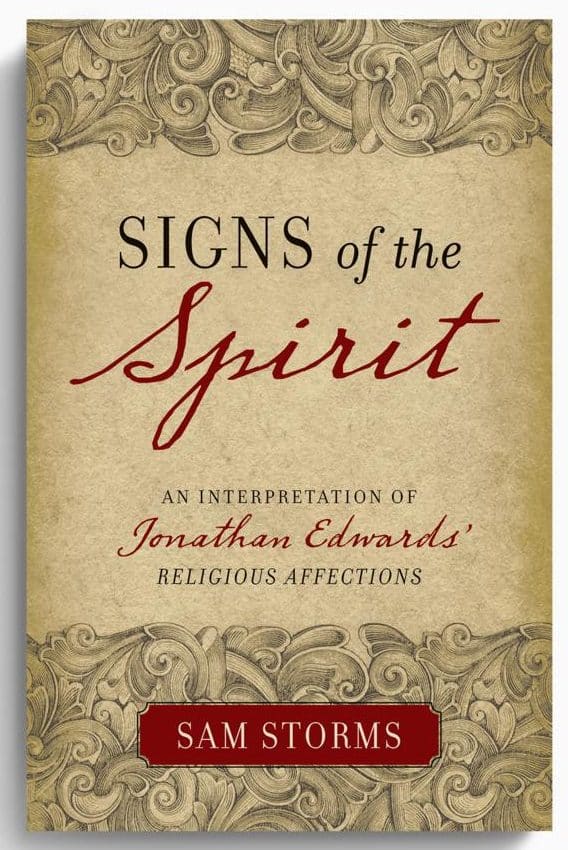CHAPTER 2
The Essence of True Spirituality
I doubt if there is a more pressing and urgent issue for the church today than determining “what are the distinguishing qualifications of those that are in favor with God, and entitled to his eternal rewards.” Or to put it in other words, what is the nature of true spirituality and those features in the human soul that are acceptable in the sight of God?
To answer this question we turn our focus to 1 Peter 1:8. There the apostle described his Christian audience in these encouraging terms: “Though you have not seen him, you love him. Though you do not now see him, you believe in him and rejoice with joy that is inexpressible and filled with glory” (ESV). Why this passage? Why should we believe it describes the quintessence of true spirituality more than any other?
The answer is found in the immediately preceding context (vv. 6–7), in which Peter describes the trials and suffering of the believer. Such experiences have a unique capacity to highlight the differences between what is true and sincere in the heart of a person as over against what is false and hypocritical. Hardship in its many forms and the testing of our faith cause the “genuine beauty and amiableness” of true spirituality to appear more clearly. Indeed, “true virtue never appears so lovely, as when it is most oppressed.”
Perhaps most important of all is that trials and pains purify and increase true spirituality. They not only enable us to see and discern what is true from what is false, but also “tend to refine it, and deliver it from those mixtures of that which is false, which encumber and impede it, [so] that nothing may be left but that which is true.”
From the comparison Peter draws in verse 7, we see that “as gold that is tried in the fire, is purged from its alloy and all remainders of dross, and comes forth more solid and beautiful; so true faith being tried as gold is tried in the fire, becomes more precious; and thus also is found unto praise, and honor, and glory.”
As noted, the apostle is writing to Christians who are enduring excruciating persecution, oppression, and affliction. One need only read 1 Peter 1:6; 2:20–21; 3:17; and especially 4:12–18 to see that this is true. He makes it clear in chapter 1 that our ability to rejoice simultaneously with the anguish of trials and troubles is based on two things.
Peter first reminds his readers of the duration of trials and suffering. He says in verse 6 that they are “for a little while.” In other words, they are temporary, not eternal. Trials and pain will pass. No matter how bad it gets here on earth, one day our suffering will give way to the unsurpassed glory and eternal pleasure of heaven (see 2 Corinthians 4:16–18). Knowing the duration of trials and suffering gives us strength to persevere and endure.
Second, he points to the design of trials. In verse 7 Peter says that suffering works to purify our faith. His point is that God never wastes pain. The trials and tribulations of this life serve to sanctify us and conform us to the image of Jesus himself. First Peter 1:7 thus reminds us of two verses in Psalm 119:
Before I was afflicted I went astray,
but now I keep your word. (119:67 ESV)It is good for me that I was afflicted,
that I may learn your statutes. (119:71 ESV)
Peter’s point is that just as fire burns away the dross and alloy from gold, leaving it pure and solid, so also the flames of trials and tests and oppression consume the dross of our faith. When we are subjected to the heat of persecution and tribulation, hypocrisy, pride, and self-sufficiency are progressively (though never perfectly) destroyed (see Psalm 66:10; Malachi 3:3; Isaiah 48:10).
When we come to verse 8 we find Peter describing for us what remains of Christian faith that has passed through the furnace of afflictions. In other words, verse 8 describes the end product of persecution and pain. It describes Christian faith in its rawest and purest form, the most holy essence of faith.
This is “grade-A” faith, faith that is as free as it can be, this side of heaven, of sinful additives and preservatives! Here is faith as it has never been seen before. Here is faith with the peripheral elements pared off, its spurious and superficial and hypo-critical dregs drained away. In sum, verse 8 describes the very essence of authentic Christianity.
Let me illustrate what Peter means. Try to envision a solid block of granite, untouched by human hands. When a master sculptor approaches such an object, he takes hammer and chisel and, in effect, begins to chip away everything that doesn’t look like a man! He cuts, shapes, and pounds away until the finished product stands before us in all its glory.
That’s what God does with us through our trials and oppressive circumstances. God uses them like a spiritual hammer and chisel to chip away from our lives everything that doesn’t look like Jesus! He pares away every false prop, every transient hope. The result is what Peter describes in 1 Peter 1:8.
Or consider the athlete who fails to work out. He becomes slothful, eating and drinking and refusing to exercise. Over time his muscles atrophy. He gains excessive weight. His reflexes aren’t as sharp as they used to be. His lung capacity is greatly reduced. When he runs (if he ever gets off the couch), his legs feel heavy and lifeless.
And of what does true spirituality consist? Peter identifies two things: love for Jesus and joy in Jesus.
Then he recommits himself to a rigorous exercise program. Over the next few weeks he burns away body fat and strengthens his muscles. His endurance level increases, and he returns to his former shape. The result is a finely honed body, ready for competition. The physical effect of exercise on his body is analogous to the spiritual effect of trials on our faith.
So what am I saying? Simply this: 1 Peter 1:8 portrays for us what Christian faith looks like in its purest form. Here is true spirituality, authentic religion, seen as clearly and as transparently this side of final glorification as is possible.
And of what does true spirituality consist? Peter identifies two things: love for Jesus and joy in Jesus. Though his readers did not see Christ with the physical eye, their spiritual vision was one of unashamed and extravagant affection for the Son of God. Though their outward suffering was grievous and painful, their inner joy was a pleasure of such depth that no trial could diminish it.
There are two things Peter says of this joy. The first is the manner or means by which it rises in the human heart, namely, through faith, belief, and trust in the Son of God. Peter appears to say that it is because you believe in him that such joy fills the heart. But second, this is no ordinary joy, no fleeting happiness, no passing pleasure. It is “inexpressible” joy that is “filled with glory” (v. 8 ESV).






